JINGYN LUO
Kitchen.jpg2020
KITCHEN.JPG is an interface that associates cooking as a metaphorical process to visual communication design. In order to bring optimism and new attitude in the low-resolution era, visual communicators are the chefs who are able to fuse ingredients (any existed images) with new meanings without deliberate intentions in this lighthearted digital environment. Now, it is time to have some playful image cooking!
*We are still working towards publishing the interface.
*We are still working towards publishing the interface.
(Field) Website, Digital Tool, Creative Coding, Speculative Design
(Tool used) HTML/CSS/Javascript, Illustrator
(Role played) Research, Ideation, Visual design, Web development
(Collaborator) Ning Yan
(Special thanks to) Sion Fletcher and João Marrucho
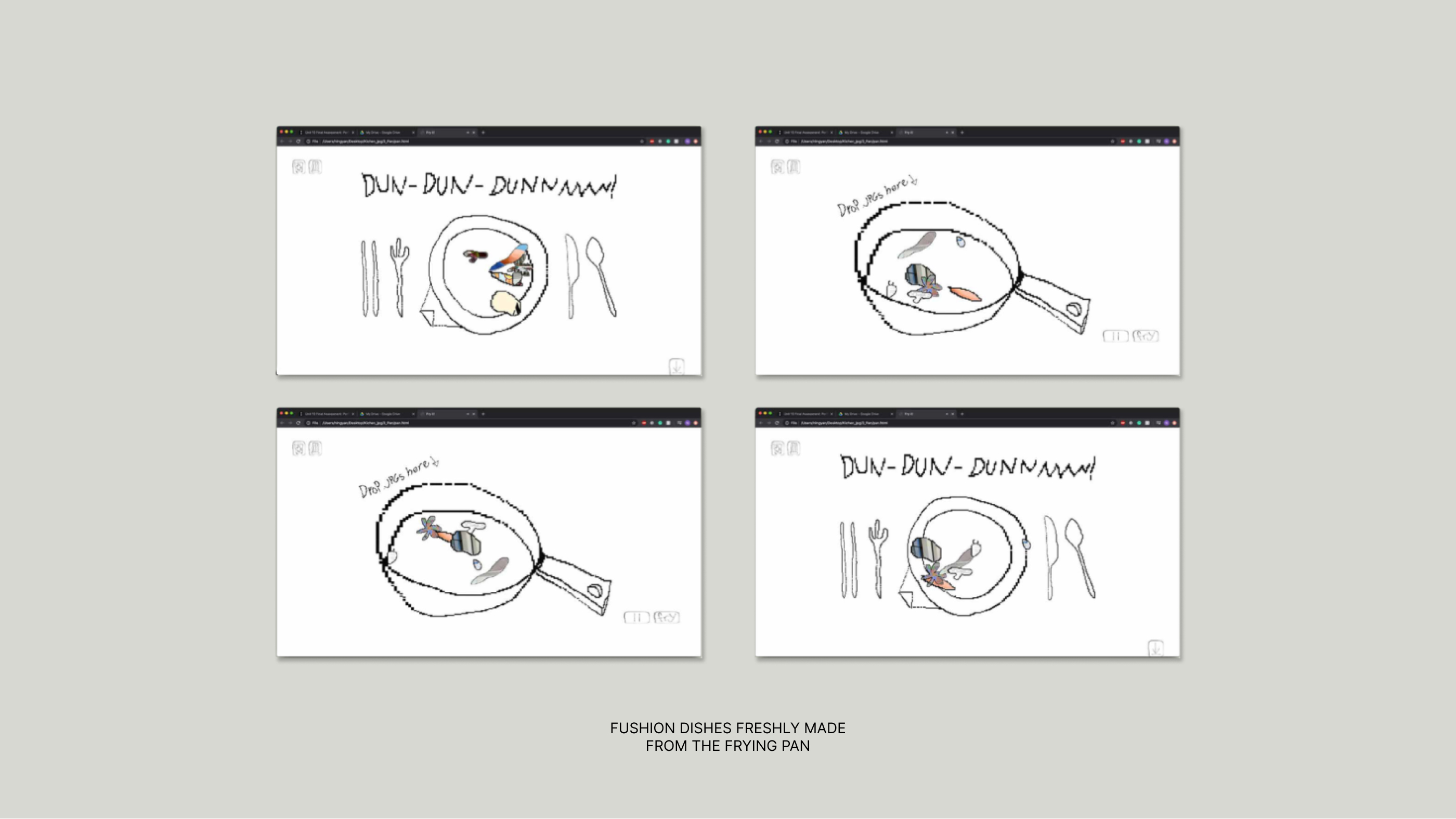

THE BACKGROUND
<Kitchen.jpg>, is a response to COVID-19 lockdowns, while integrating the core idea of our self-initiated brief of — coming up with a palindromic system in visual communication design while allowing errors and uncertainties to exist. By adapting our roles as designers whilst staying in the same dwelling and facing the fact that we are dependent on technologies in order to connect with the world, we are intrigued by daily cooking — an act that would both nourish our creative mindset and physical body. We would like to incorporate both of the ideas —
“a chef as a designer” and “a designer as a chef”,
by associating and experimenting with image-making with cooking.INTENTION
The users are able to control the variations on how images are to be cooked and to see the final presentation of the dish they have been cooked, but unable to see the actual cooking process. I am drawing users to be empathetic on both designer and chef, who are professionals who always have a great effort in working behind the scenes, yet the diligent process has not been valued, but only the final delicious ‘ready-mades’.
In comparison with tools available in the mainstream market, such as Adobe Creative Suite, which targets ‘subordinate consumer first, the designer second’ (Hartnett, 2017), <Kitchen.jpg> is an image generation tool not asking users to consume but inviting users to develop unexpected collaborative and participatory creative outcomes. It is a call to action that encourages users in embracing mistakes and appreciate uncertainties. Our conglomeration of cooking and digital image-making acts as a platform for bringing a peculiar way of creativity, to establish astonishing viewing possibilities.
AUDIENCE
We are targeting creative practitioners, especially designers who are feeling restricted under industry-standard tools. ‘Not subjected to marketing requirements that replicate standard practices’ We are establishing an alternative image generating system.
ITERATIVE DISCOVERY
(Initial Brief)



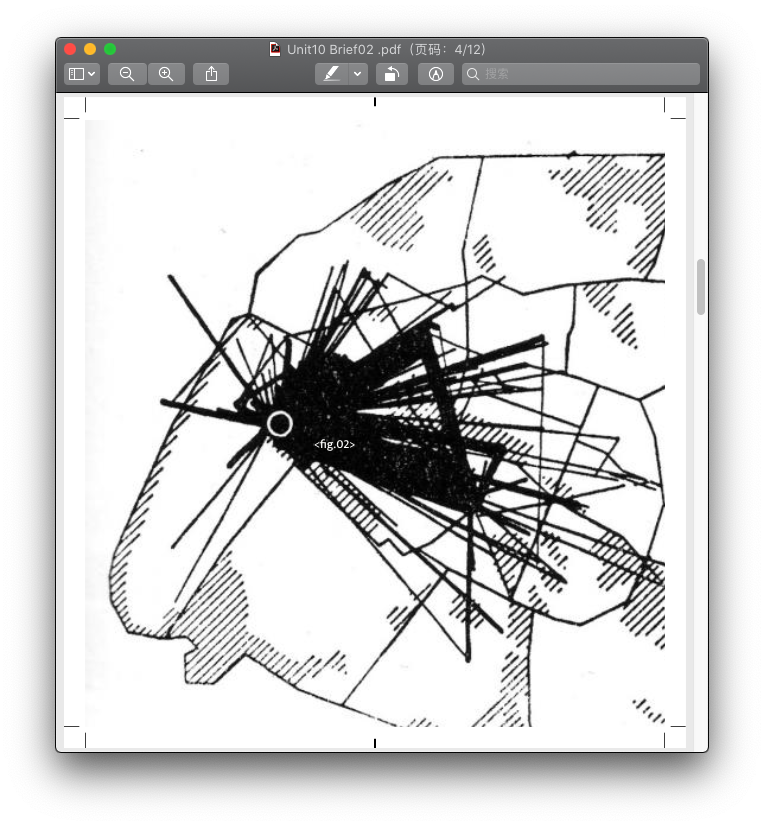

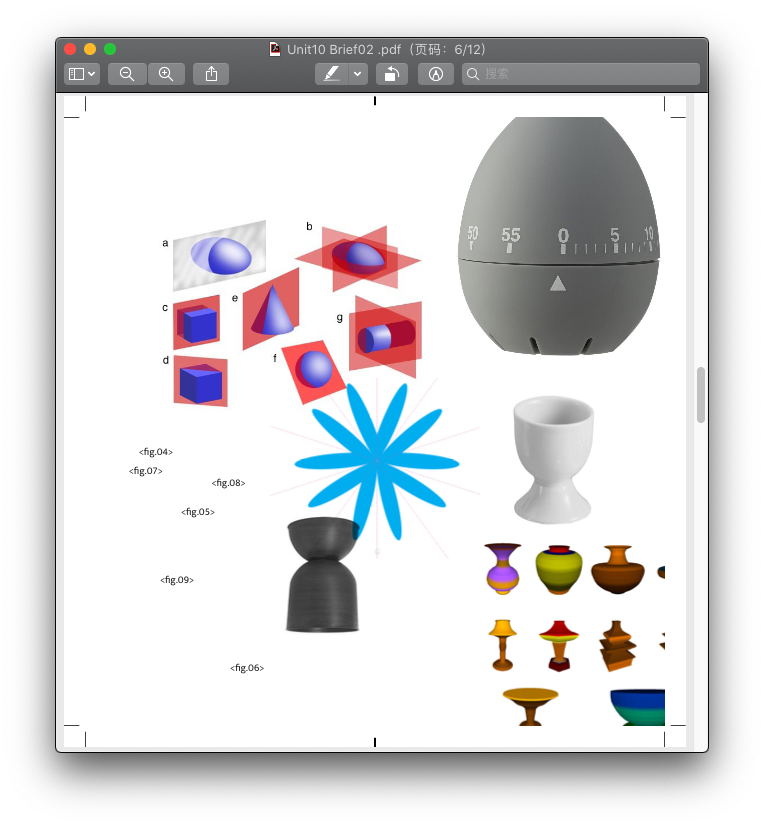
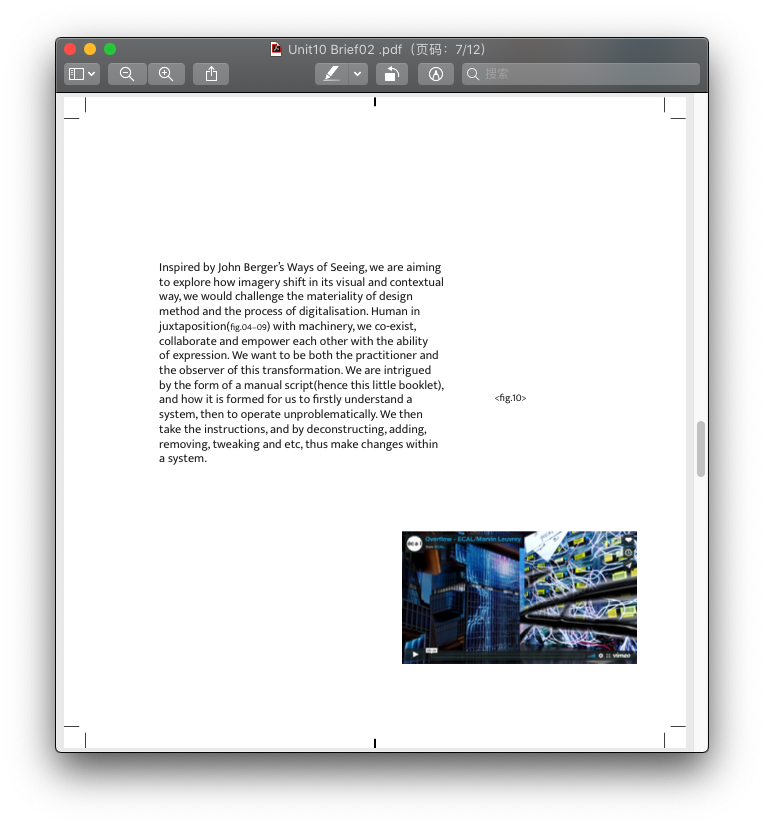



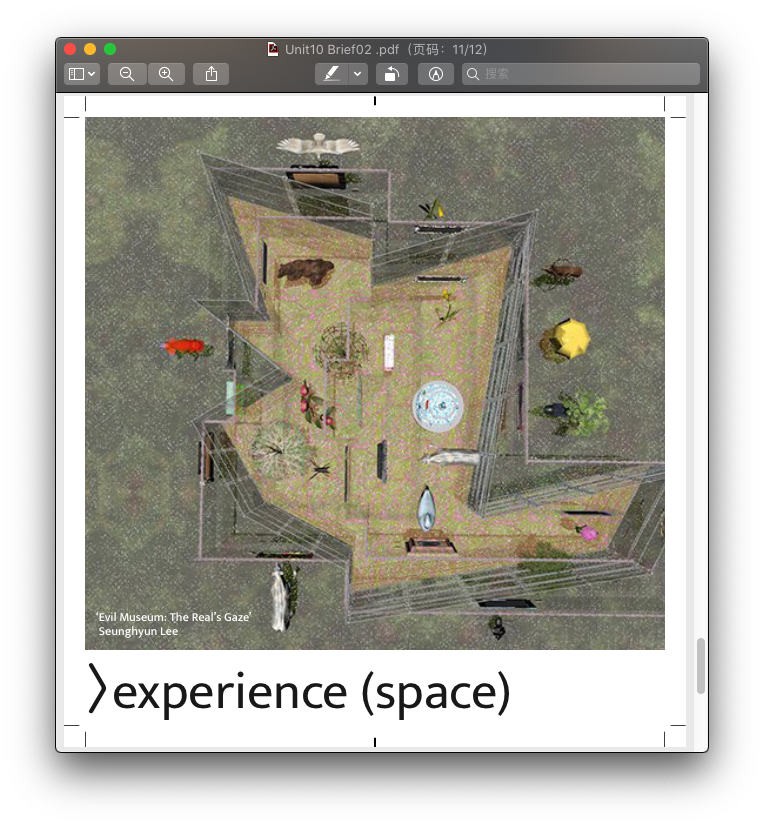
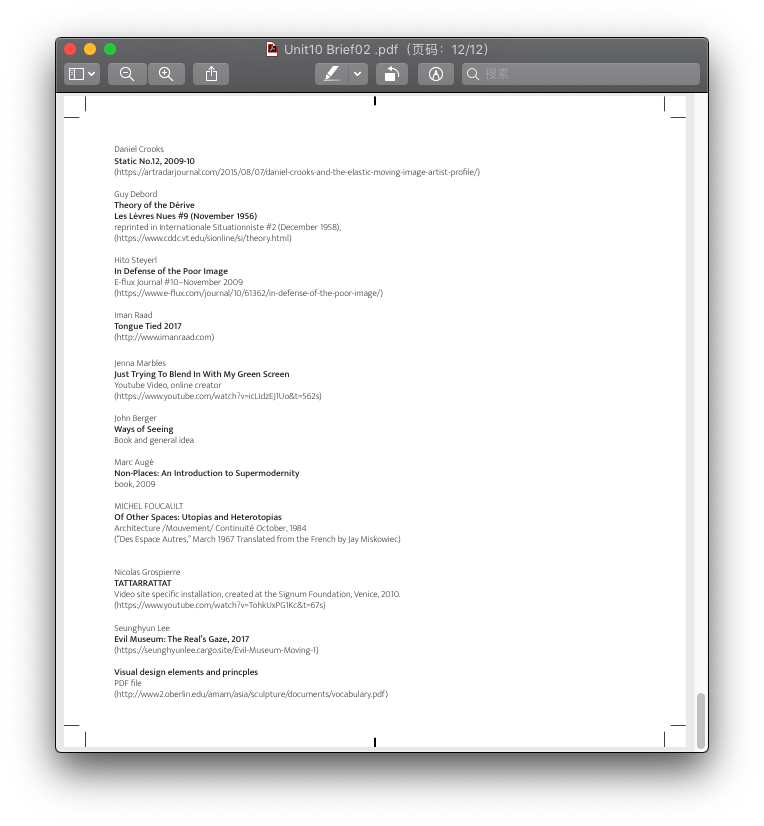
*
→ 1.printing → 2.copying → 3.folding/forming → 4.3D scan it
We started experimenting with an image of an hourglass, and tried to manipulate it within a looped system
(We later compare the process of scanning with blending mixtures, and the process of folding with kneading a dough)
![]()
(We later compare the process of scanning with blending mixtures, and the process of folding with kneading a dough)


*
What ingredients does everybody stock?
We have asked everybody to send us images of their fridge and food cupboard. We wondered what ingredients would be people’s choice for stocking up, espically under the situation of COVID-19.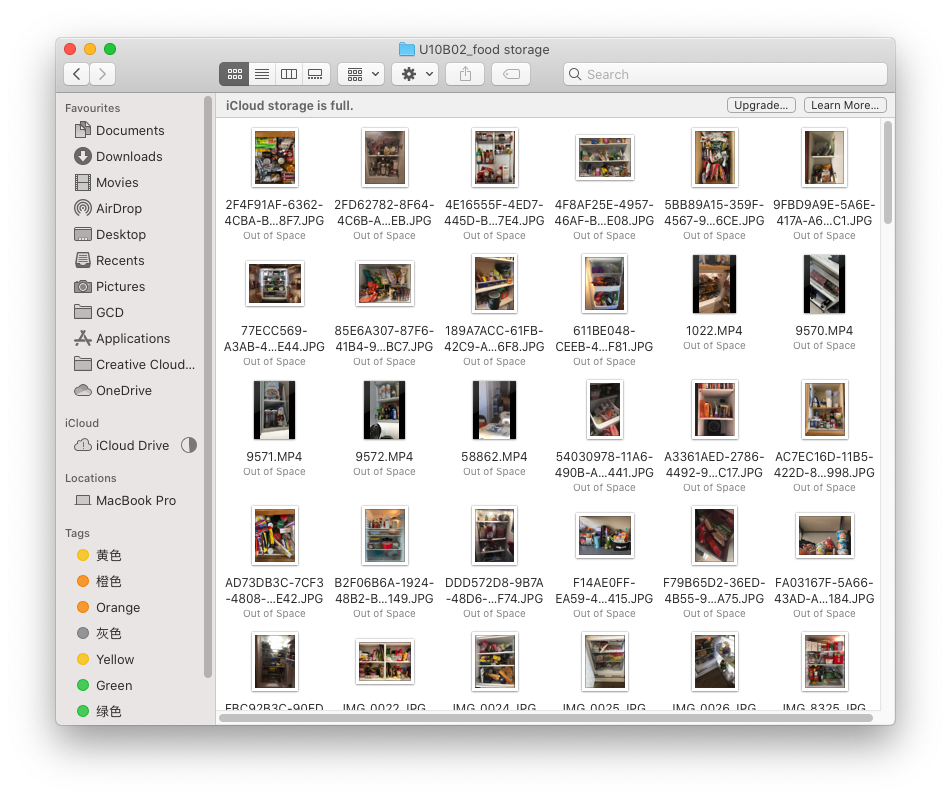
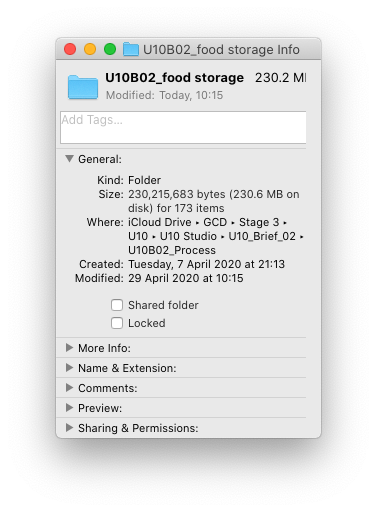
*
Chance and control experimentation with language processing to generate recipes algorithumically

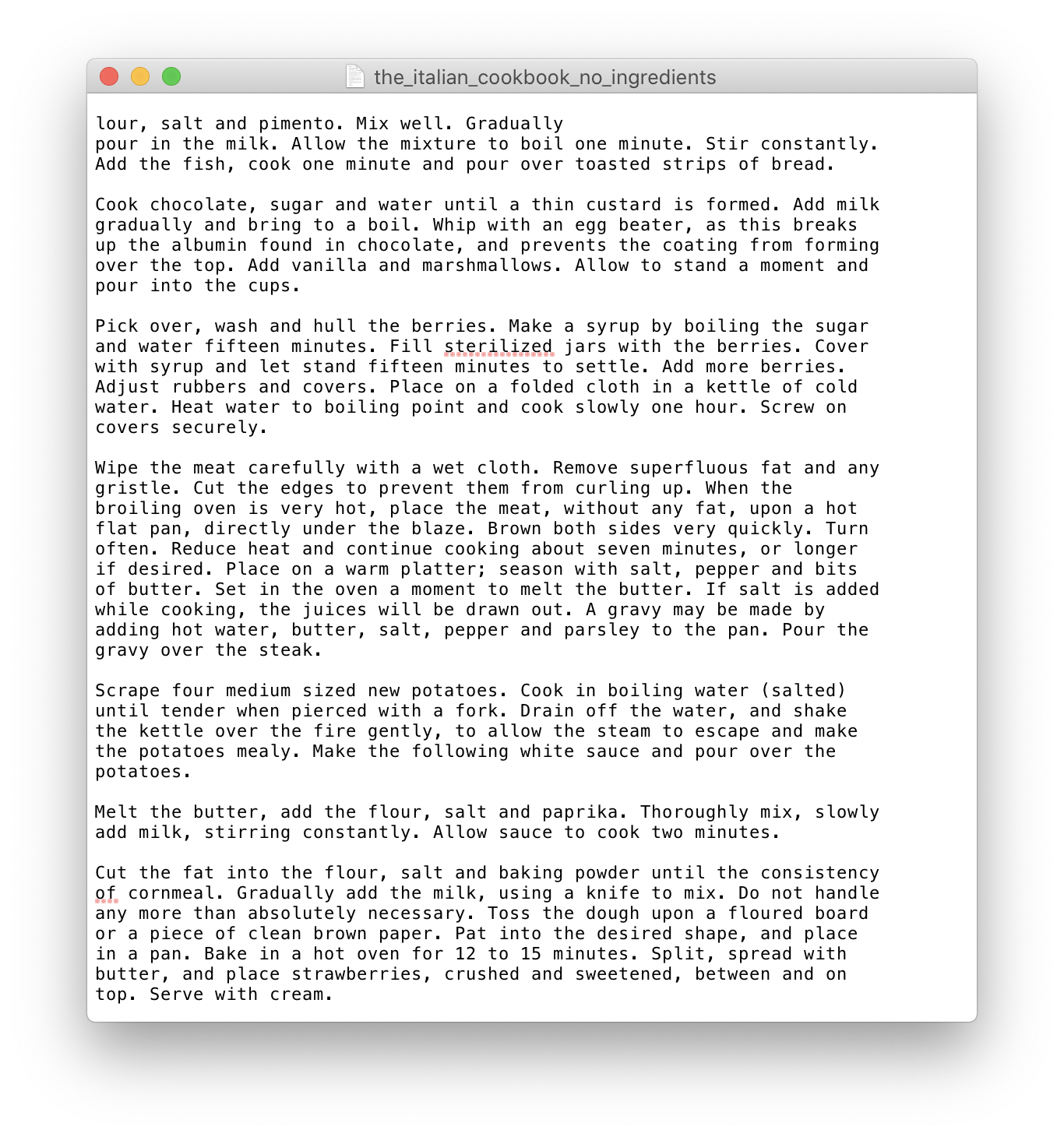




*
Cyanotype experiment
A image making process requires duration, just like baking food in the oven.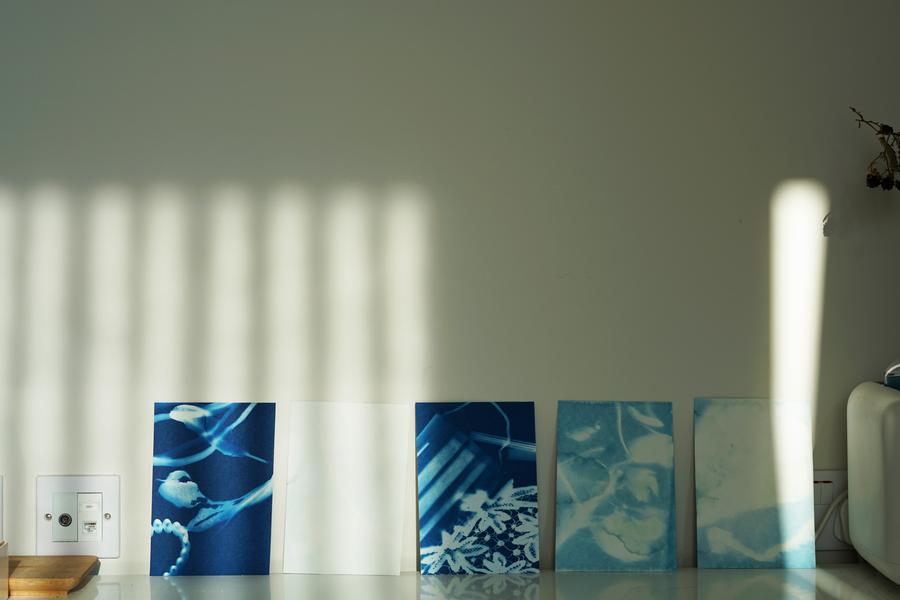
DESIGN
In opposition to setting up the idea of the pre-cooked cautious Adobe dominated outcomes, our platform is freer and more abnormal. Users can drag and drop any image to the image of cooking utensils, have fun playing with the variables (such as time, temperature, amount and etc.), then appreciate any result that has been presented on the ‘table’. We have also recorded our voices as sound effects for clicking events on the interface, in order to bring in more interactive, light and humorous elements.
Inspired by how Microsoft Paint was providing the user with an informal experience, we planned our interface to look glitchy, rough and sketchy, in order to differentiate with rendered/filled outputs. The simple glitchy pixels also formed a strong contrast with the complicated code that works at the back. At the same time, users are only able to make fun and unthoughtful commands on their random outcomes, the actual creative cooking procedure on images is hidden behind. We want users to focus only on the inputs and outputs, instead of its internal complexity, which is ironically hinting at the paradoxical phenomenon of black-boxing. ‘The more science and technology succeed, the more opaque and obscure they become’ (Latour, 1999, p.304)
We have referenced Cooking Mama (being a cookery simulation-styled mini-game) practically, and F.T. Marinetti’s Futurist Cookbook theoretically, to incorporate playful cooking on the digital screen. By inviting people to experience a light and casual simulation, thus refresh, reimagine and revolutionise ourselves within the system.
*
Sketches

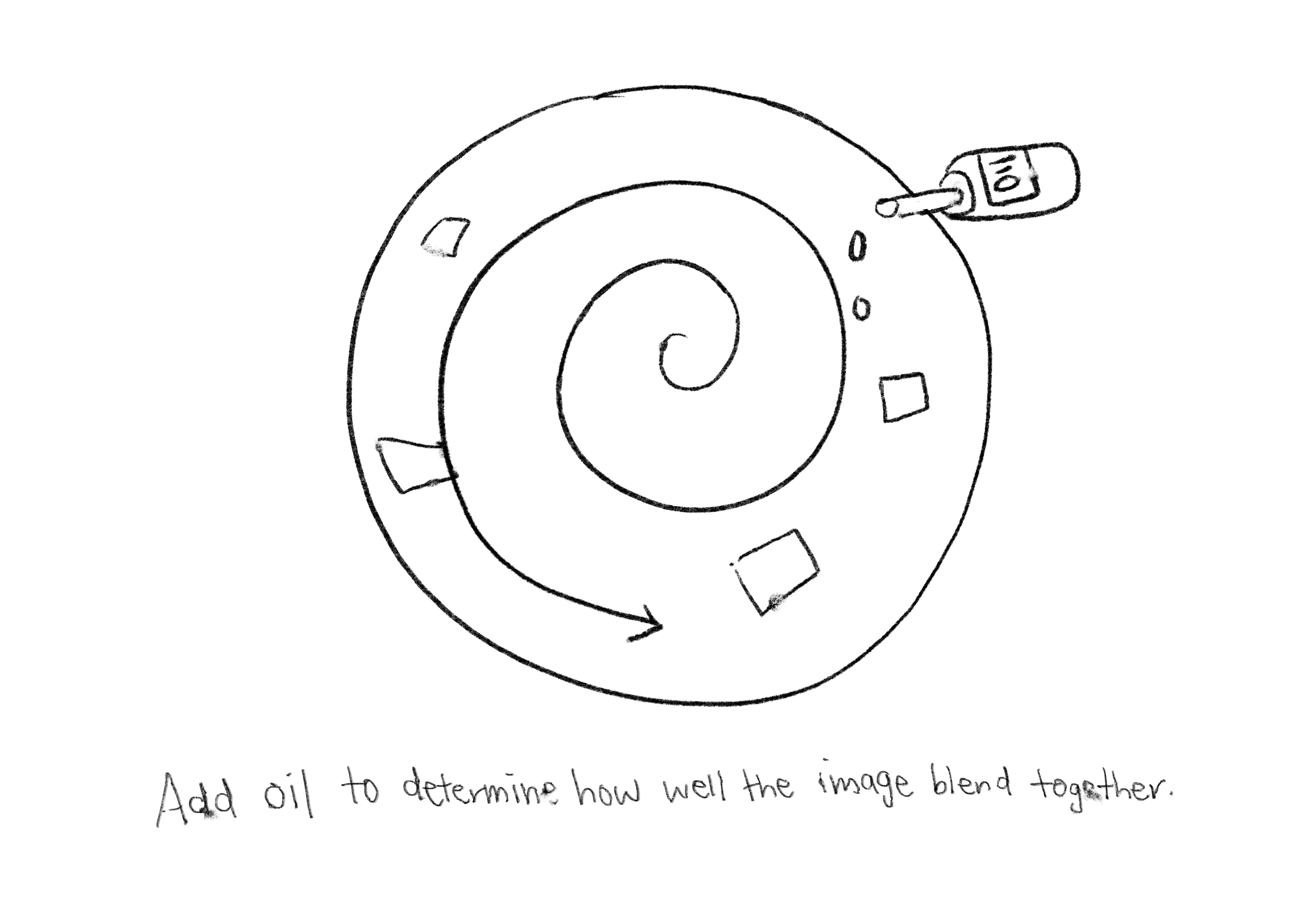

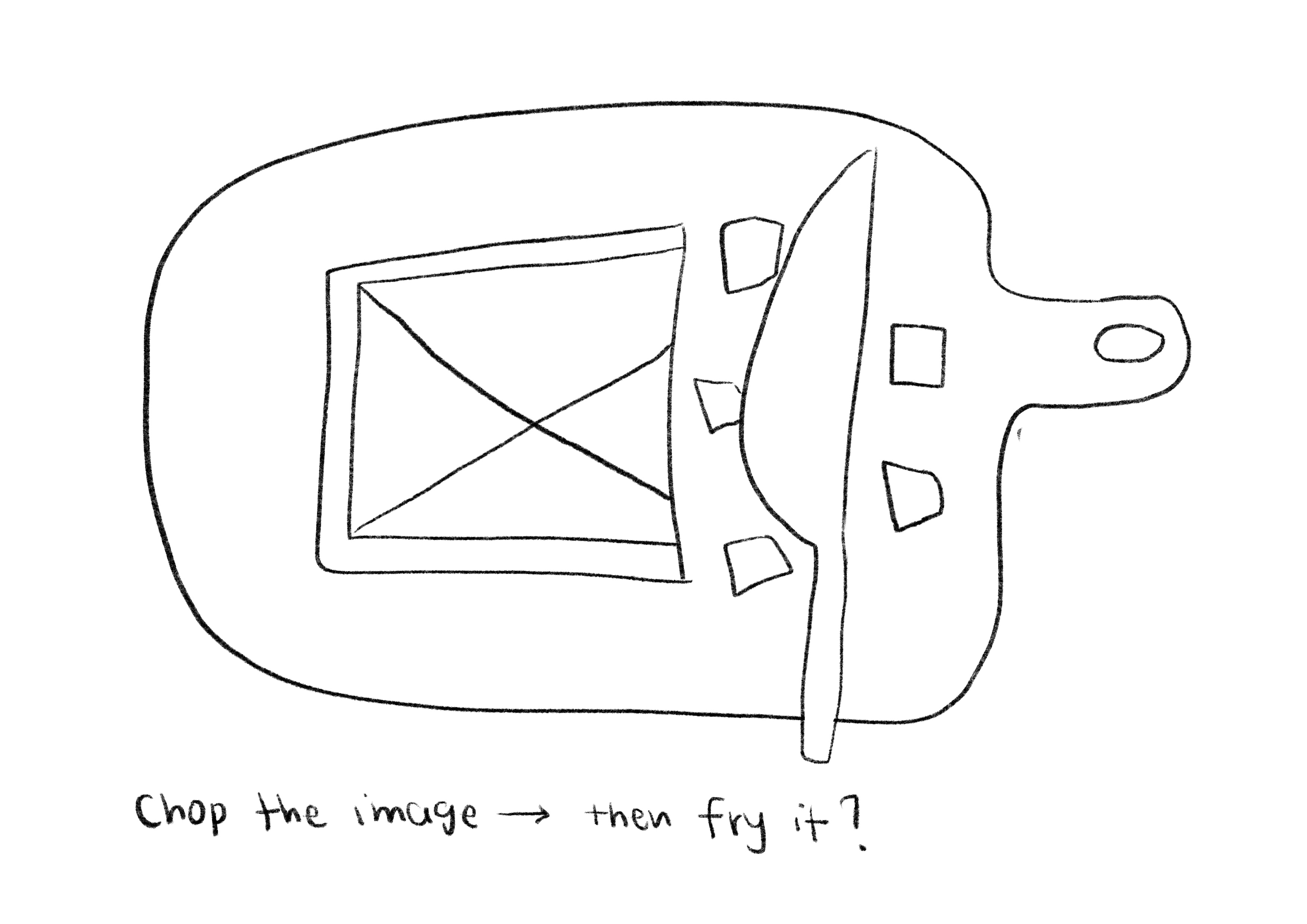



*
DOM
Offers three image cooking methods to choose, which each integrates with different image manipulating methods. 
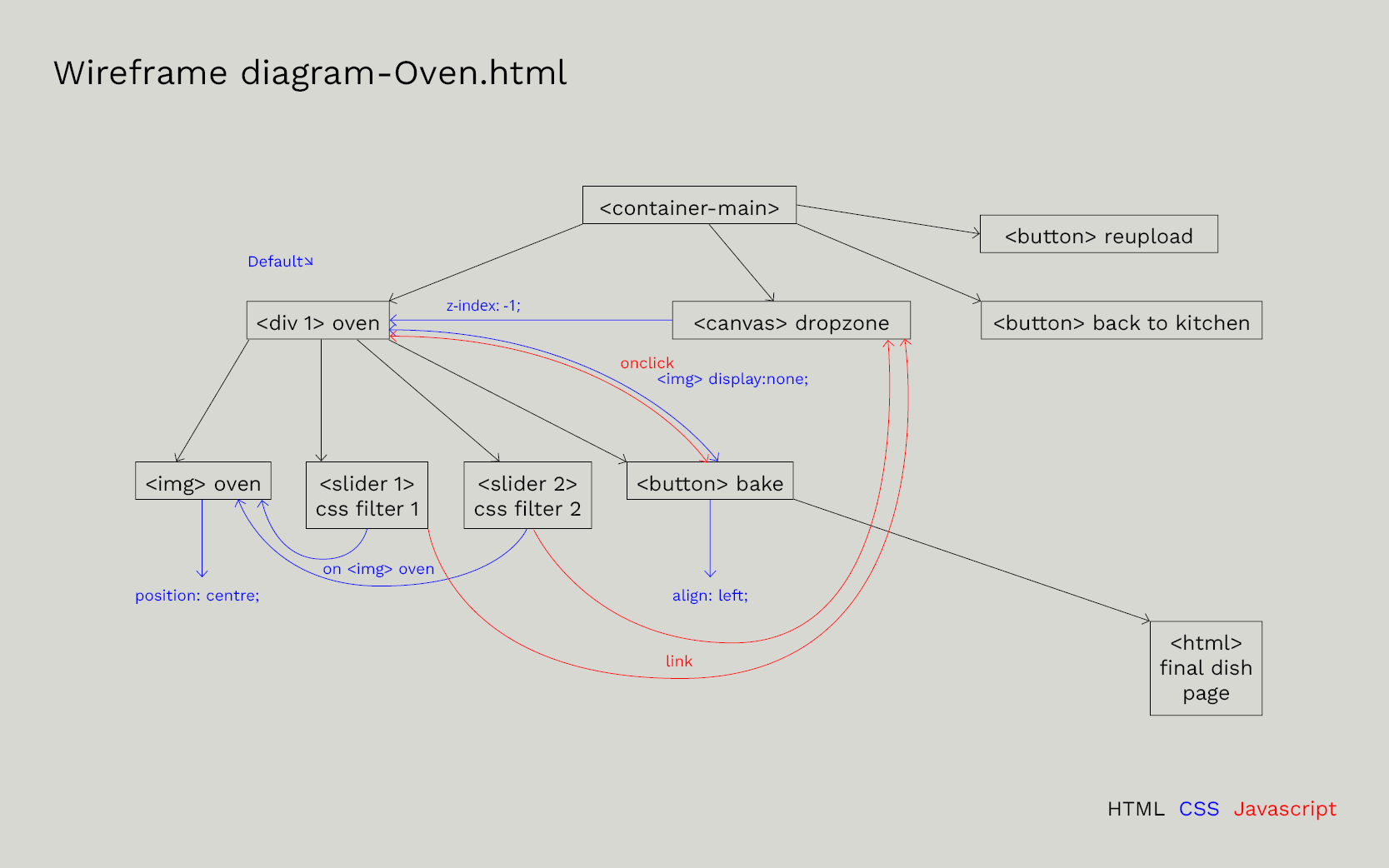
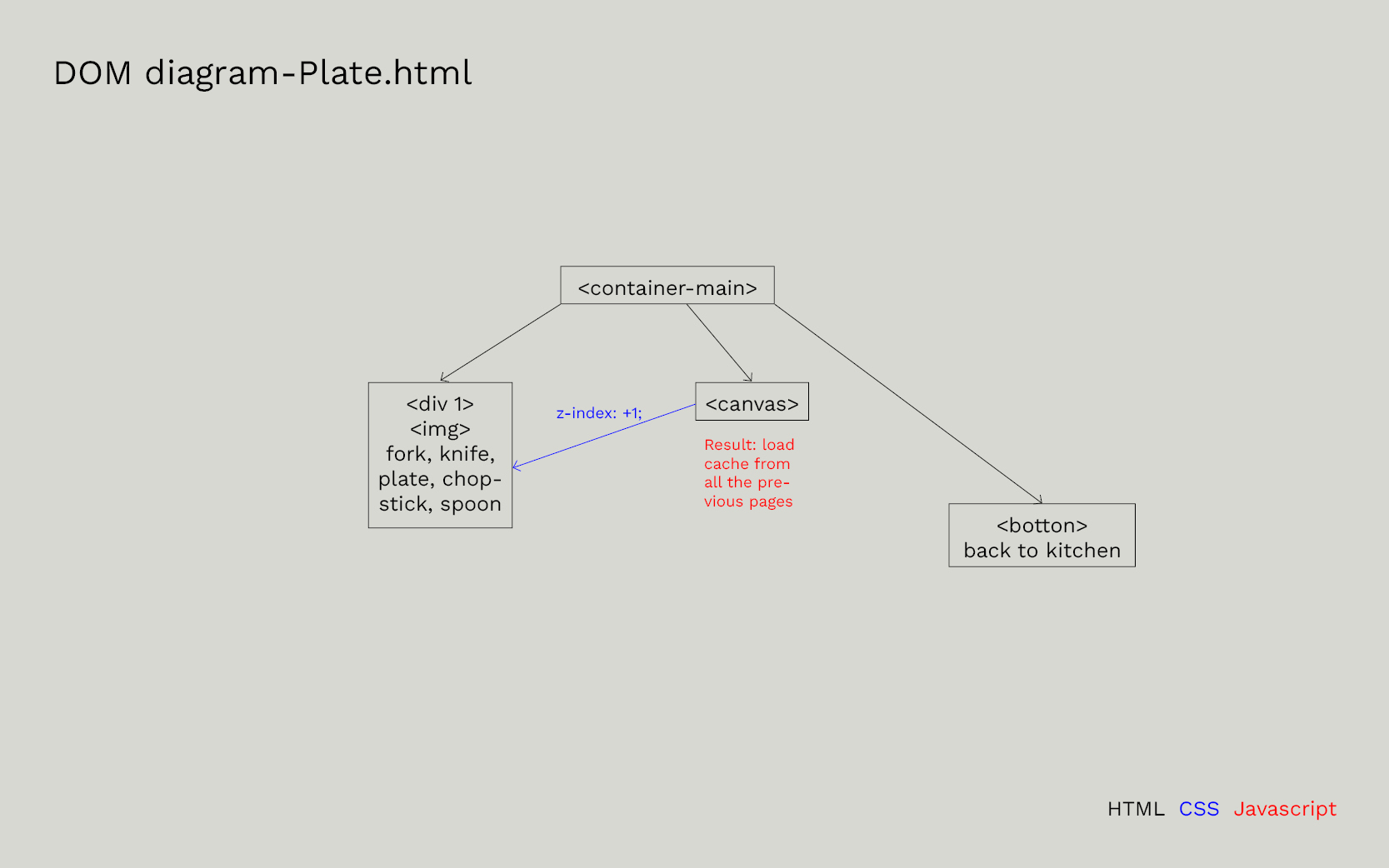


BUILD
In opposition to setting up the idea of the pre-cooked cautious Adobe dominated outcomes, our platform is freer and more abnormal. Users can drag and drop any image to the image of cooking utensils, have fun playing with the variables (such as time, temperature, amount and etc.), then appreciate any result that has been presented on the ‘table’. We have also recorded our voices as sound effects for clicking events on the interface, in order to bring in more interactive, light and humorous elements.
Inspired by how Microsoft Paint was providing the user with an informal experience, we planned our interface to look glitchy, rough and sketchy, in order to differentiate with rendered/filled outputs. The simple glitchy pixels also formed a strong contrast with the complicated code that works at the back. At the same time, users are only able to make fun and unthoughtful commands on their random outcomes, the actual creative cooking procedure on images is hidden behind. We want users to focus only on the inputs and outputs, instead of its internal complexity, which is ironically hinting at the paradoxical phenomenon of black-boxing. ‘The more science and technology succeed, the more opaque and obscure they become’ (Latour, 1999, p.304)
We have referenced Cooking Mama (being a cookery simulation-styled mini-game) practically, and F.T. Marinetti’s Futurist Cookbook theoretically, to incorporate playful cooking on the digital screen. By inviting people to experience a light and casual simulation, thus refresh, reimagine and revolutionise ourselves within the system.

Back